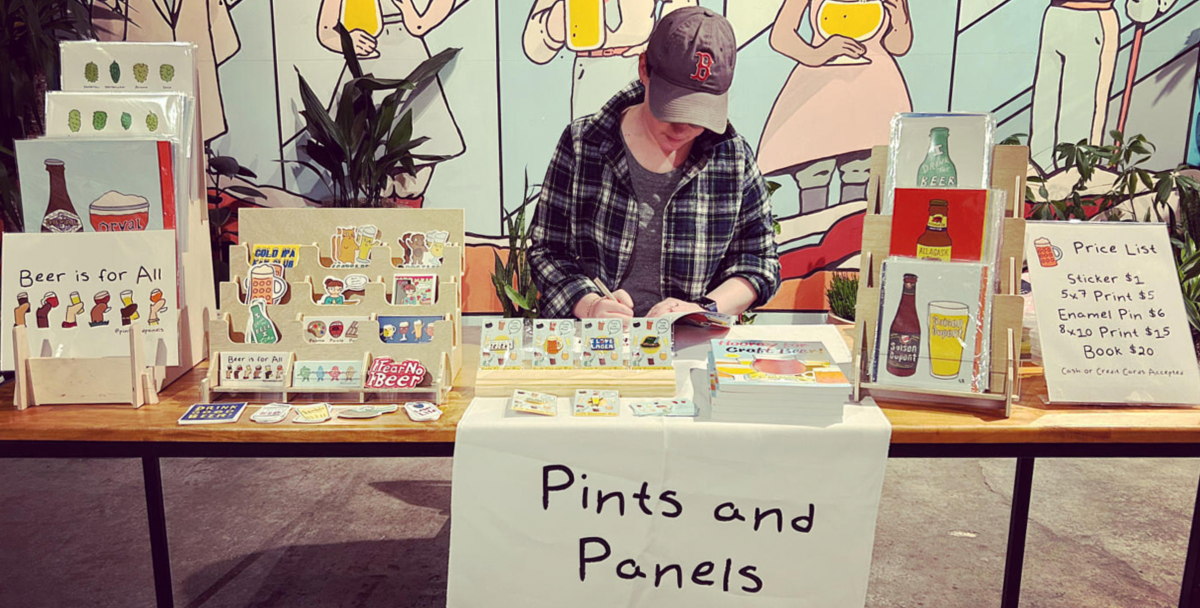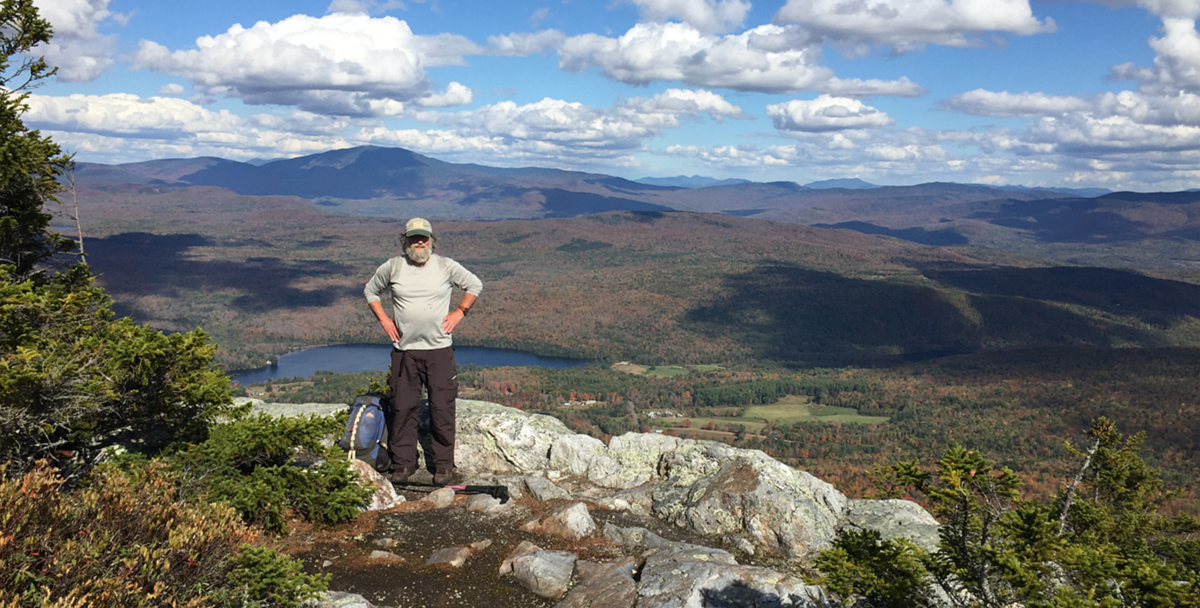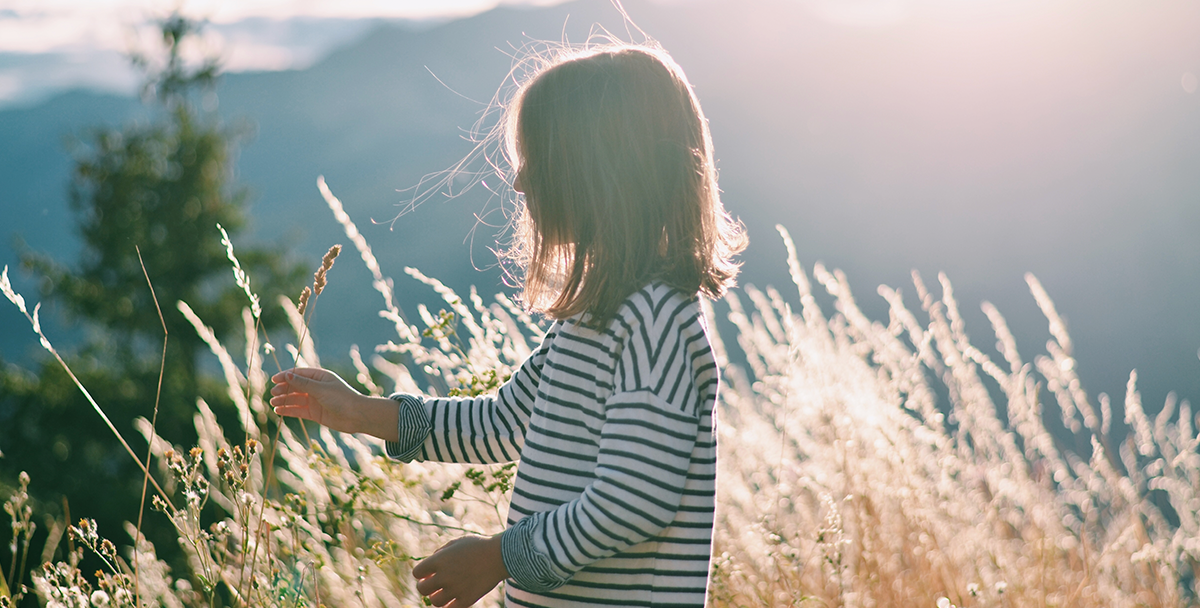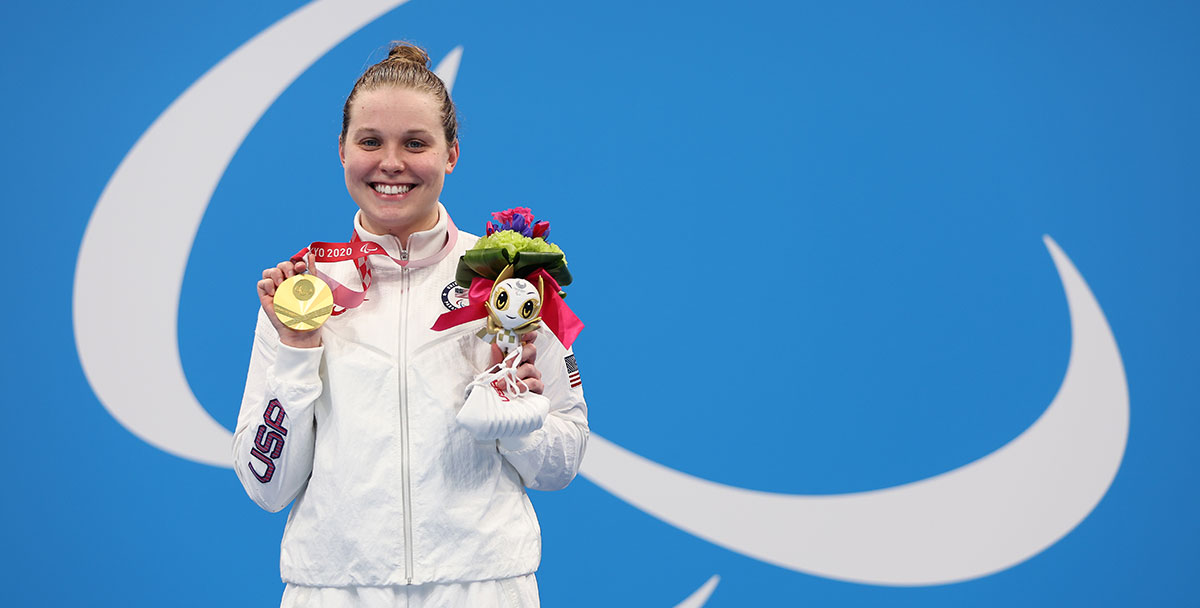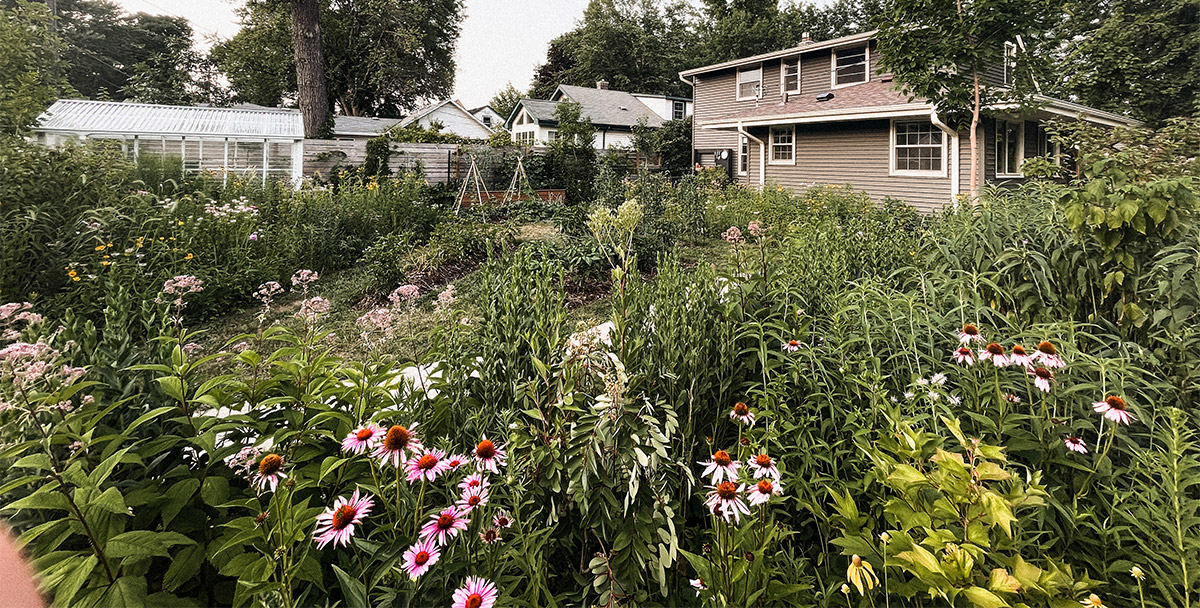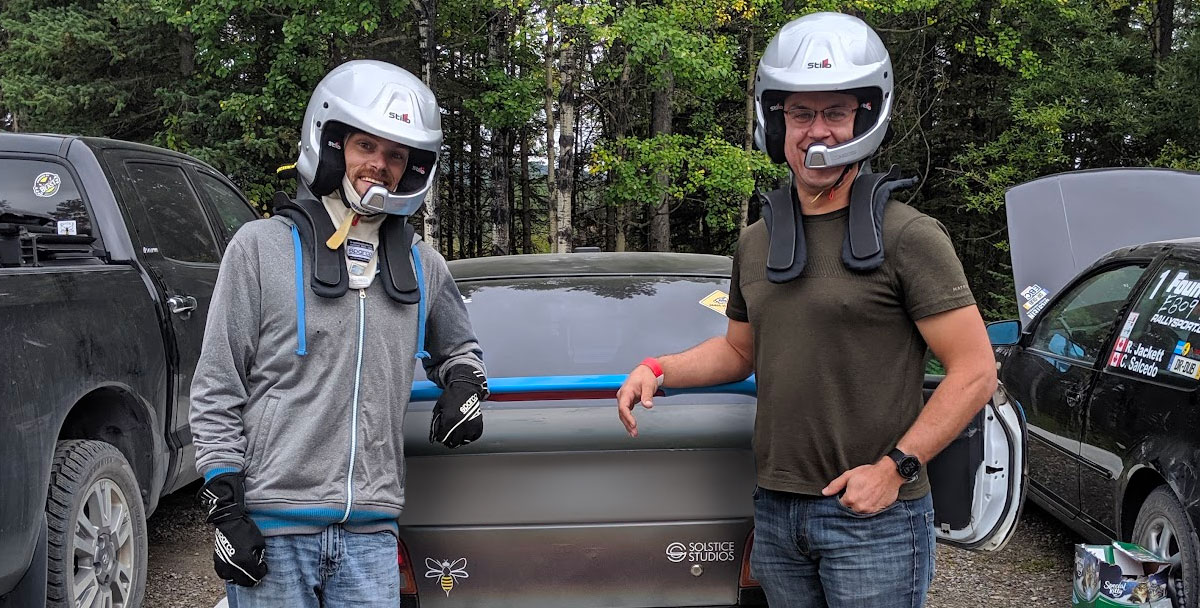Before there was STI, before there was WRX, or Outback, or Justy, or Loyale, there was this: the 1972 Subaru GL two-door coupe. It sold well then, but today the GL is a practically extinct reminder of the early years.
Known as the Leone outside North America, the 1972 GL marked the line’s second year of production after it replaced the ancient Subaru 1100. Sold as a two-door coupe (a station wagon was also offered) the GL model’s styling mimicked the long-hood, short-deck appearance of the American sport coupes plying the roadways in great numbers at the time. Bingo! Subaru had itself a sporty coupe, albeit one with a 1,300 cc OHV horizontally opposed four-cylinder engine, front-wheel drive and 97 inches of wheelbase, all barely scaling 1,700 pounds. The car proved to be a hit, enough so that it gave Subaru of America what it needed to build on its then-small retailer network.
Mike Oleyar was one of the brand’s early retailers at The Little Foreign Car Shop in Freeland, Pennsylvania.
From the outset, Oleyar was heavily involved in motorsports, running British sports cars in hillclimbs beginning in the early 1960s. As a Subaru retailer, Oleyar decided to give his newest brand a crack at the track. He acquired this 1972 GL specifically for use as a competition car, and he established a narrow parts pipeline with Subaru of America, Inc. at its corporate headquarters, which transformed the GL into the first Subaru factory race car to achieve a measure of success in the United States.

“They had a few 360s running around before that, but they never really did anything,” says Ron Mann, who has custody of the GL today. Mann is a Pennsylvania hillclimber and longtime historian of the Pennsylvania Hillclimb Association (PHA).
Pennsylvania ran its first hillclimb, the Giants Despair, back in 1906 in the mountains above Wilkes-Barre, prior to the legendary Pikes Peak climb in Colorado. It ran on and off through 1916, attracting Indianapolis 500 stars as drivers and crowds that pushed 75,000. Following a long hiatus, Giants Despair resumed after World War II. Since Pennsylvania generally lacked road circuits, scads of local clubs began to conduct very loosely organized hillclimbs. That’s where the PHA comes into the story.
“We started our party with PHA in 1959, in large part to form unified rules for the hillclimbs,” Mann explains. It was around that time that Mann first became aware of the GL and its local history.
He remembers seeing it on the cover of a 1975 issue of Small Cars magazine when it was doing double duty on the hills and with the SCCA in E/Sedan. Oleyar had seriously tricked out the car, adding a Judson supercharger and dual Weber carburetors. He also fitted one of the very last 4-wheel disc brake kits that Subaru exported for sale in North America.
The results included a second at the Giants Despair Hillclimb during the 1970s, but personal issues forced Oleyar to sell the car. Veteran hillclimbers Horace Franco and Ken Lewis acquired it in the 1980s, and they’re the pair that deserve credit for the vehicle’s notoriety on the racing circuit. Franco and Lewis quickly realized that with the added power of the blower and twin Webers came decreased reliability.
They removed the supercharger and cut back to a single downdraft Weber. Most importantly, it was Franco and Lewis who dubbed the GL “Superoo,” stenciling the moniker in brilliant hand lettering that endures today. Its racing success and that wild logo got the car some relatively frequent coverage in Auto-X magazine at the time.
The duo upgraded the vehicle to compete in the SCCA’s GT-4 class, and their efforts were rewarded with an outright first at Giants Despair in 1988. Not long after, personal issues forced Franco to mothball the vehicle for nearly 20 years. He eventually traded the car and trailer for some work on his house to a plumber who really wanted just the trailer and put the vehicle up for sale. “It popped up on eBay, and I was familiar with its PHA history,” Mann says. “I put in the low bid and got it for something like $850, if I remember right.”
Mann hauled the Superoo to his home in Steelton, Pennsylvania, replacing the tired powertrain with an AN71 engine and transmission from a Subaru BRAT he located in a salvage yard.
In its 1988 livery, Mann is showing the car at regional events today. “I took it to a regional Subaru event in northeastern Pennsylvania,” Mann says. “I don’t know if the kids there got it, but at Hershey and at the Pittsburgh Vintage Grand Prix, it was very well received. It’s recognized as the first competitive factory Subaru.”
Yes, there are more expensive, more detailed, more powerful cars at any random Cars & Coffee event. But there’s only one that can claim the title of the very first Subaru with factory racing support in America. If you ran a DNA test on the Subaru vehicles crushing it at American Rally Association® rallies and Americas Rallycross today, you’d find the trunk of their family tree right here.
Know about a great Subaru vehicle or owner we should feature?
Visit Dear Subaru and use the story title “DP Garage” to submit your suggestion.
